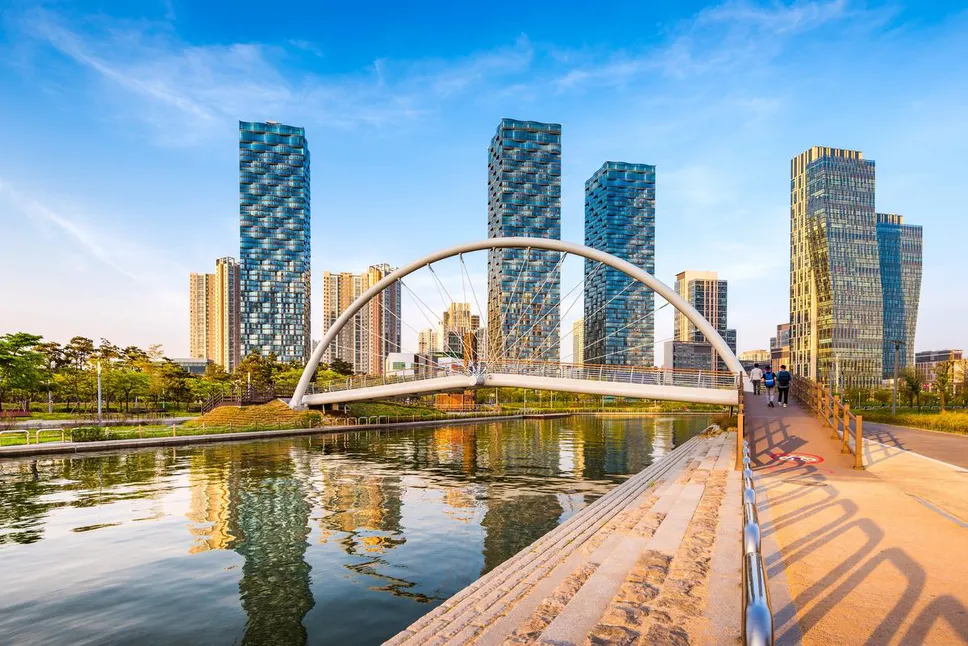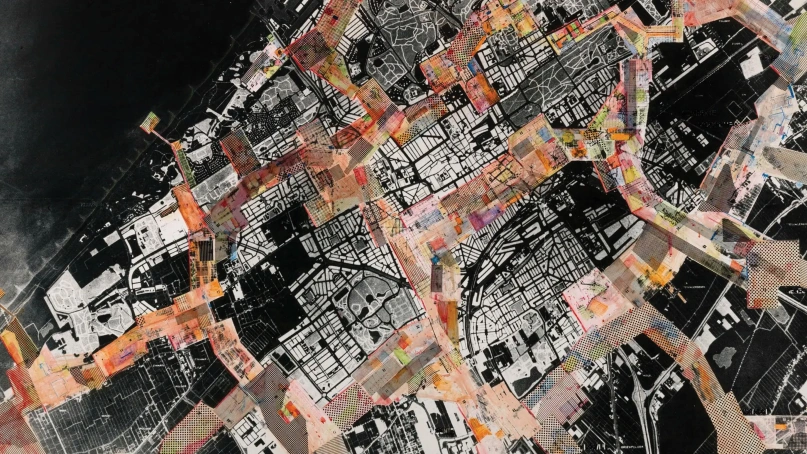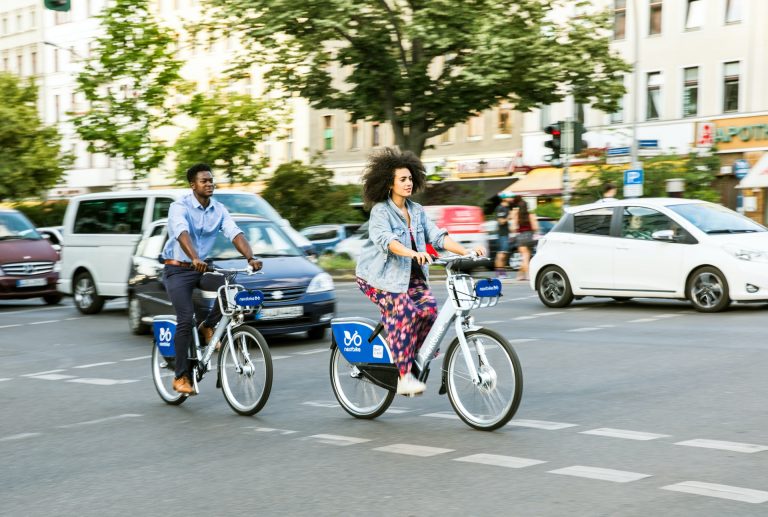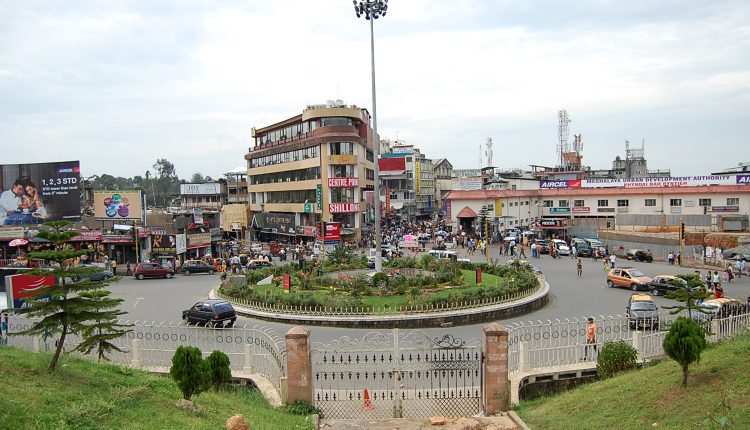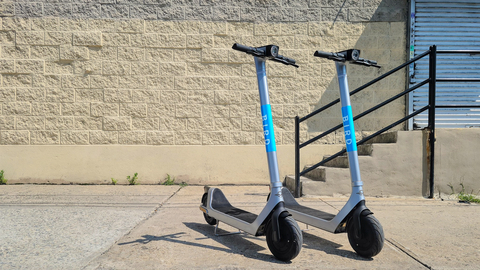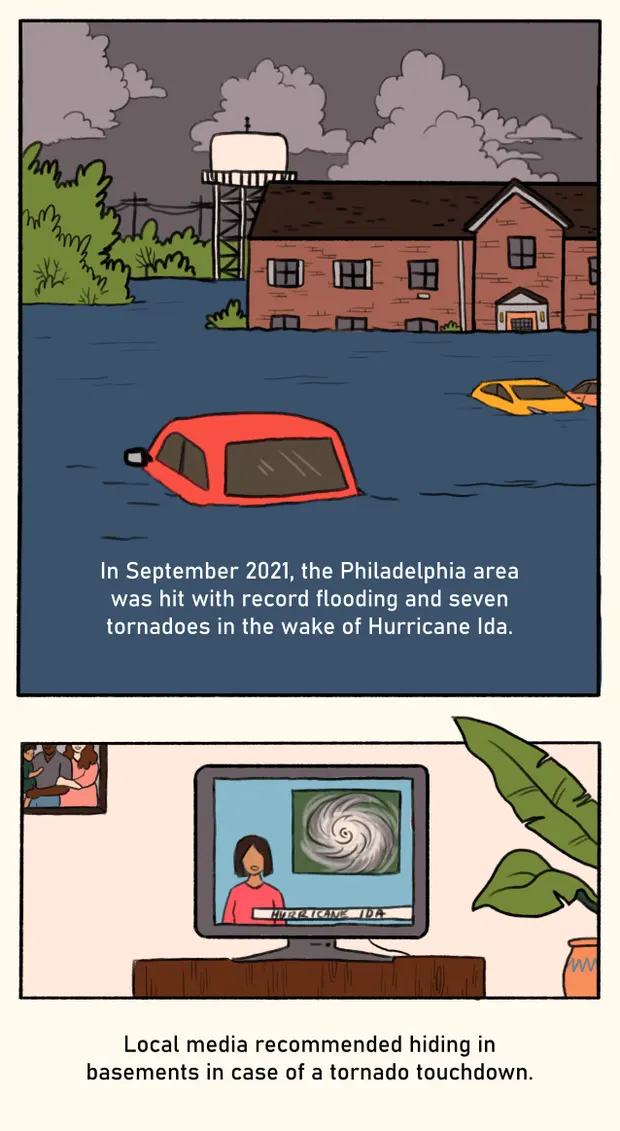
The suburbs are changing. The homogenous picket-fence bedroom communities of decades past are becoming more economically and demographically diverse, less architecturally homogenous, and, unfortunately, more impoverished. They’re also becoming, well, less suburban.
In their new book, Case Studies in Retrofitting Suburbia: Urban Design Strategies for Urgent Challenges, authors Ellen Dunham-Jones and June Williamson show how suburban places across North America are being redesigned and redeveloped to ditch their sprawling roots for a more urban feel. Retrofits can range from improving walkability to making it easier for people to access goods and services without getting in a car. They argue that the suburbs aren’t necessarily a geographical place, but rather a form of development that can exist anywhere—mostly buildings that are surrounded by lawns or parking lots, with street networks that look more like trees than grids. These places can be adapted to changing demands.
+INFO: Fast Company




